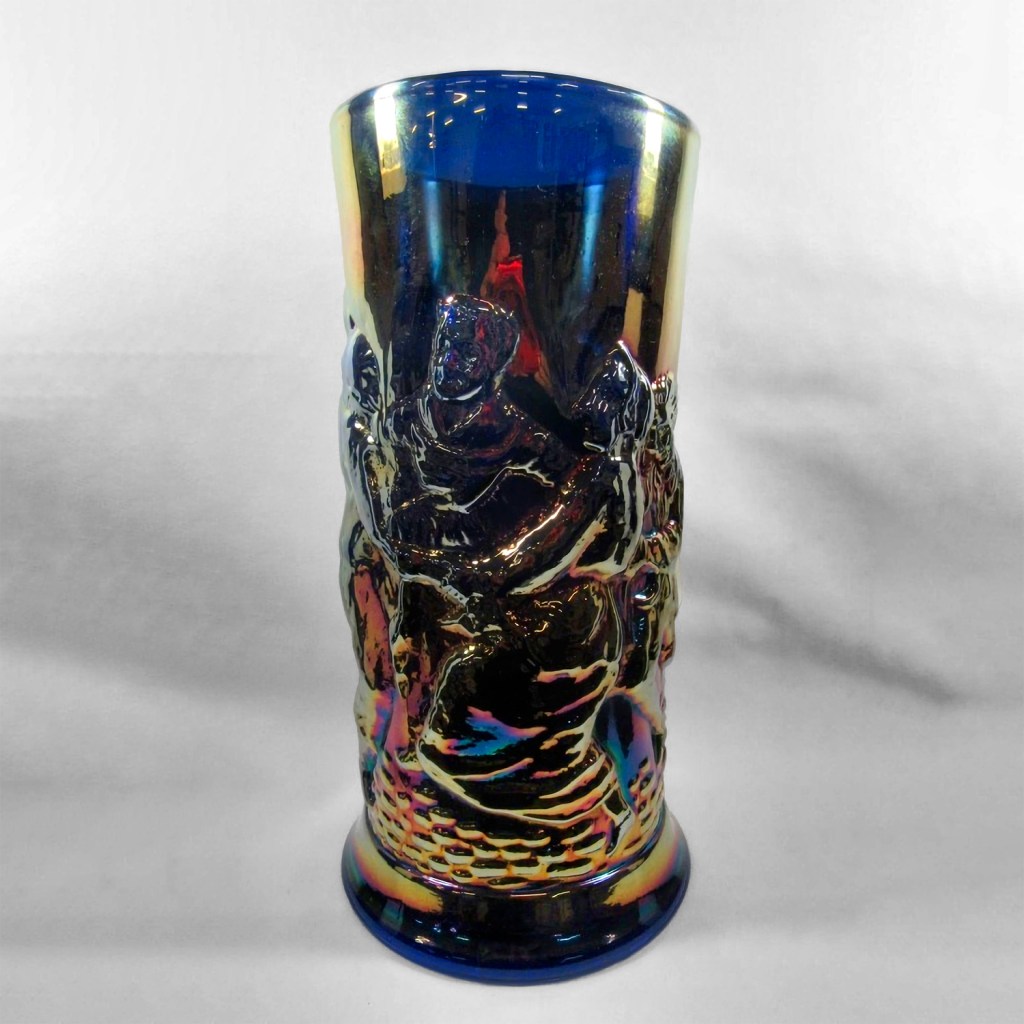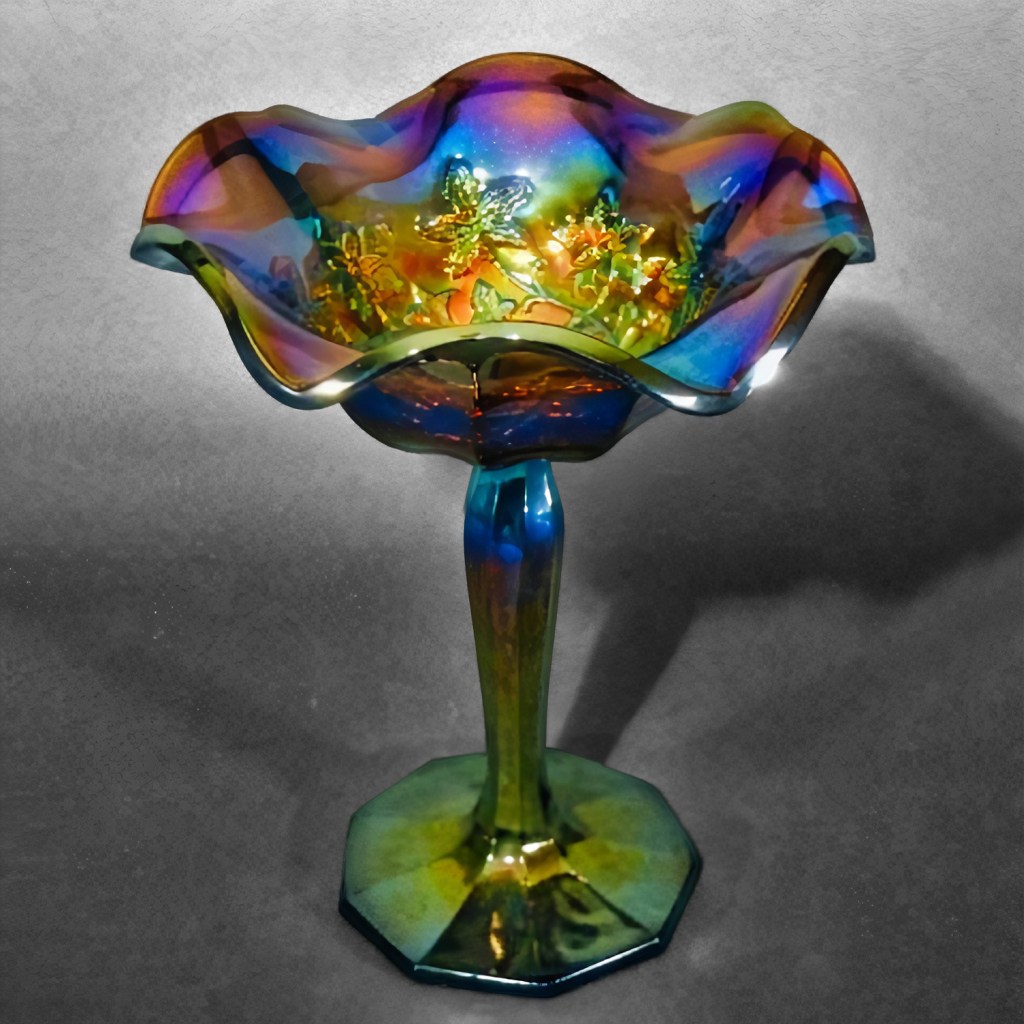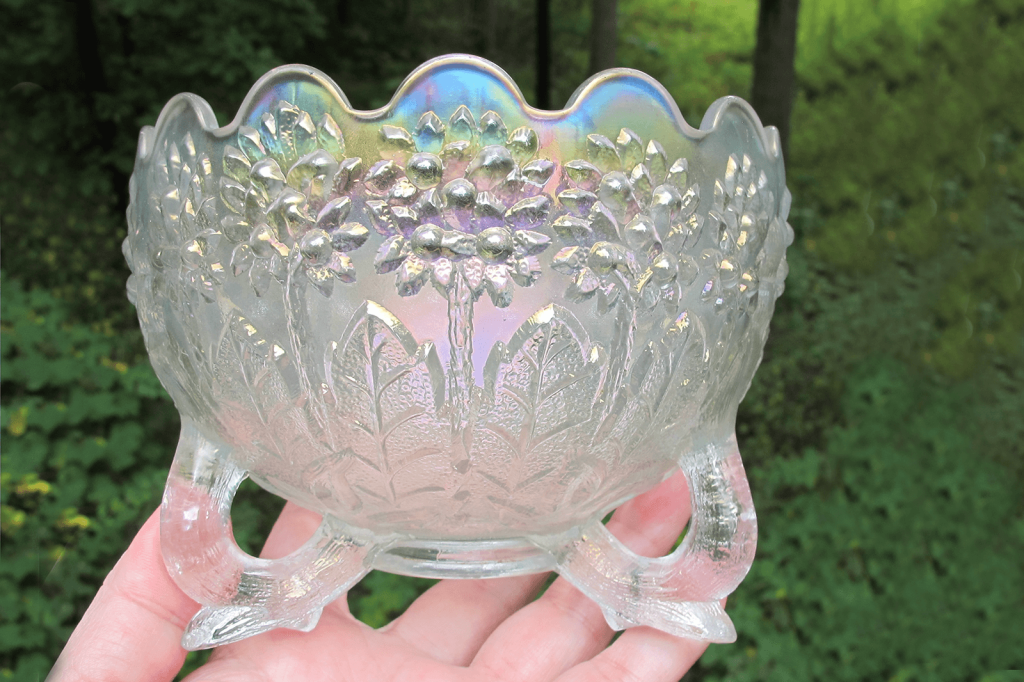What Is The Rarest Color Of Carnival Glass? Discover Now And Start Your Collection Today!
What is the Rarest Color Carnival Glass?
Introduction
Hello, Happy People or Carnival Enthusiasts! Are you curious about the rarest color of carnival glass? If you are, then you have come to the right place. In this article, we will talk about what is the rarest color carnival glass, its history, and the advantages and disadvantages of owning one. So, get ready to learn everything you need to know about carnival glass and its rarest color!
Carnival glass was first produced in the early 1900s and was known for its colorful and iridescent appearance. Its production stopped during the Great Depression, but it gained popularity again in the 1950s. Carnival glass is still popular today, and many collectors are willing to pay a lot of money for rare pieces. The rarest color of carnival glass is highly sought after by collectors because of its scarcity and uniqueness. So, what is the rarest color carnival glass?
3 Picture Gallery: What Is The Rarest Color Of Carnival Glass? Discover Now And Start Your Collection Today!
What is the Rarest Color Carnival Glass?
The rarest color of carnival glass is the elusive Lavender. It is considered the holy grail of carnival glass and is the most sought after by collectors. Lavender carnival glass was only produced for a short period in the early 1900s, making it extremely rare and difficult to find. Its beautiful purple hue and iridescent finish make it a prized possession for carnival glass collectors.
What Makes Lavender Carnival Glass So Rare?

Image Source: hookedoncarnival.com
Lavender carnival glass was only produced by a few manufacturers, and its production was limited to a short period. Also, the process of creating lavender carnival glass was complex and required a high level of skill, making it more challenging to produce. The scarcity of raw materials and the high cost of production contributed to the limited production of lavender carnival glass.
Who Produced Lavender Carnival Glass?
The Fenton Art Glass Company was the main producer of lavender carnival glass. Other companies, such as Northwood and Dugan, also produced lavender carnival glass, but their production was limited. Fenton Art Glass Company produced lavender carnival glass from 1907 to 1910, making it the rarest and most valuable of all carnival glass colors.
When Was Lavender Carnival Glass Produced?
Lavender carnival glass was produced in the early 1900s, specifically from 1907 to 1910. Its production was limited to a short period, making it highly coveted by collectors. The scarcity of lavender carnival glass has made it one of the most valuable carnival glass colors today.
Where Can You Find Lavender Carnival Glass?

Image Source: hookedoncarnival.com
Lavender carnival glass is extremely rare, and finding it can be a challenge. However, you may be able to find it at antique shops, flea markets, and online auctions. But be prepared to pay a high price for it, as it is one of the most valuable carnival glass colors.
Why Is Lavender Carnival Glass So Valuable?
Lavender carnival glass is highly sought after by collectors because of its scarcity and unique color. The limited production of lavender carnival glass makes it rare and difficult to find, which drives up its value. Additionally, the beauty and iridescence of lavender carnival glass make it a prized possession for collectors.
How Can You Identify Lavender Carnival Glass?
Lavender carnival glass has a distinct purple hue and an iridescent finish. It is often shaped into intricate patterns and designs, making it a beautiful piece of art as well as a collectible item. To identify lavender carnival glass, look for its unique color and iridescence, as well as any markings or labels that indicate its manufacturer.
Advantages and Disadvantages of Owning Lavender Carnival Glass
Advantages

Image Source: ltkcdn.net
Owning a piece of lavender carnival glass is a unique and beautiful addition to any collection. Its scarcity and uniqueness make it a prized possession for collectors. Additionally, owning a rare piece of carnival glass can provide a sense of accomplishment and pride for collectors.
Lavender carnival glass is also highly valued in the collector’s market. Its rarity and uniqueness make it a profitable investment for collectors who wish to sell their pieces in the future.
Disadvantages
Owning a piece of lavender carnival glass can be expensive, as it is one of the most valuable carnival glass colors. Additionally, the fragility of carnival glass can make it difficult to display and store. Collectors must take extra care to ensure that their pieces are not damaged or broken.
Finally, the rarity of lavender carnival glass can make it difficult to find or acquire. Collectors may need to invest a significant amount of time and effort to locate and purchase a rare piece of lavender carnival glass.
FAQs About Lavender Carnival Glass
1. What Is the Most Expensive Piece of Lavender Carnival Glass?
The most expensive piece of lavender carnival glass ever sold was a Fenton Art Glass Company Grape and Cable vase, which sold for $135,000 at a 2008 auction.
2. Is Lavender Carnival Glass Fragile?
Yes, carnival glass, including lavender carnival glass, is fragile and must be handled with care to prevent damage or breakage.
3. What Other Colors of Carnival Glass Are Valuable?
Other valuable carnival glass colors include Amethyst, Marigold, and Cobalt Blue.
4. Can You Use Lavender Carnival Glass for Everyday Use?
While lavender carnival glass can be used for everyday use, it is recommended that collectors keep it for display purposes only due to its fragility and high value.
5. How Do You Clean Lavender Carnival Glass?
Lavender carnival glass should be cleaned with a soft cloth and mild soap and water. Harsh chemicals or abrasive cleaners should be avoided, as they can damage the glass.
Conclusion
In conclusion, the rarest color of carnival glass is the beautiful Lavender. Its uniqueness and scarcity make it a prized possession for collectors. While owning a piece of lavender carnival glass can be expensive and challenging, it is a unique and valuable addition to any collection. Whether you are a seasoned collector or a novice, owning a rare piece of carnival glass, such as lavender, can bring joy and satisfaction for years to come.
Final Remarks
The information provided in this article is for informational purposes only. The author and publisher of this article make no representations or warranties about the completeness, accuracy, reliability, suitability, or availability of the information contained in this article. Any reliance you place on such information is therefore strictly at your own risk. The author and publisher of this article will not be liable for any losses or damages arising from the use of this article.
This post topic: Carnival


